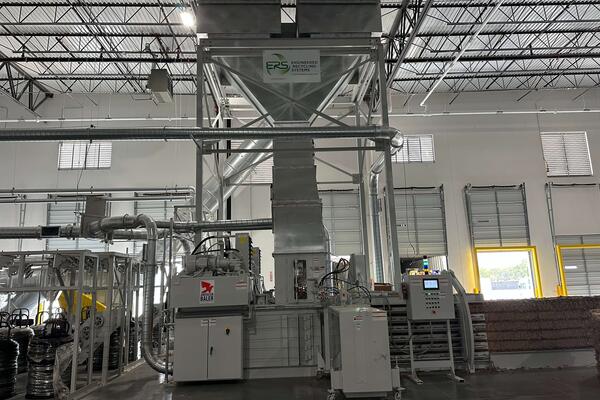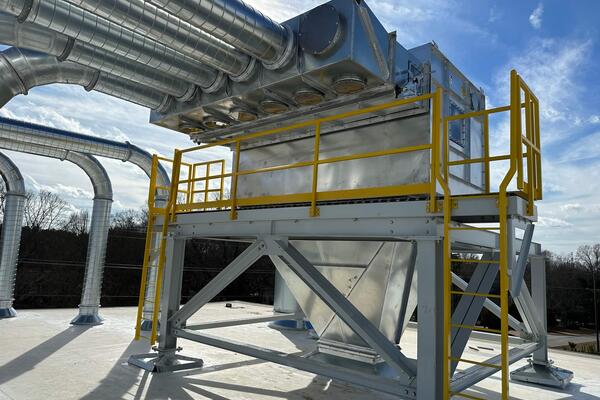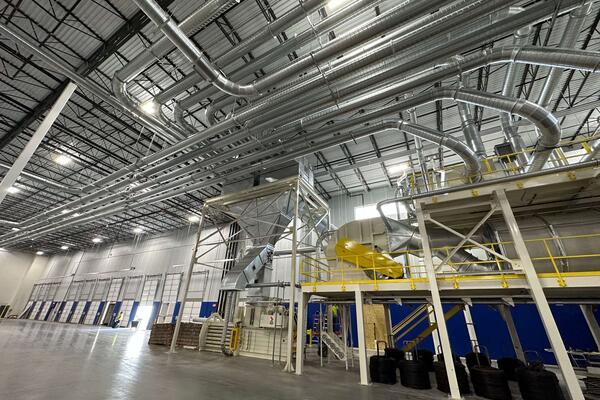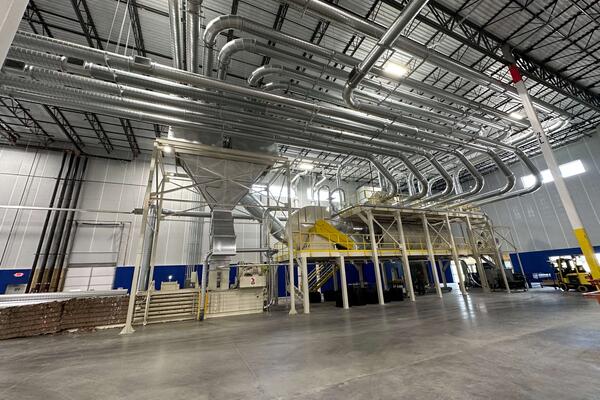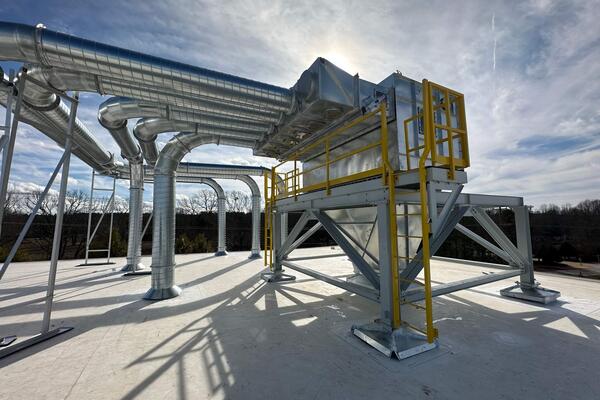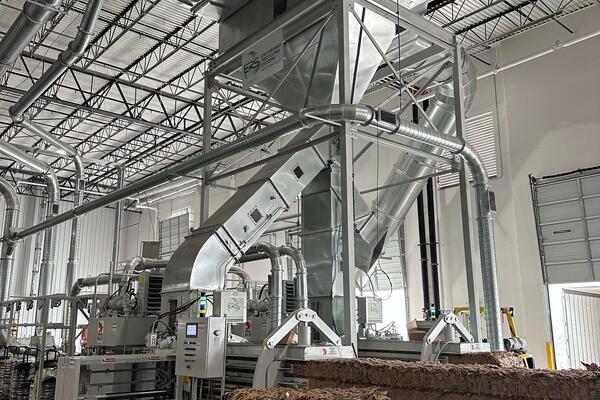Engineered Recycling Systems – Low Profile Separator (LPS)
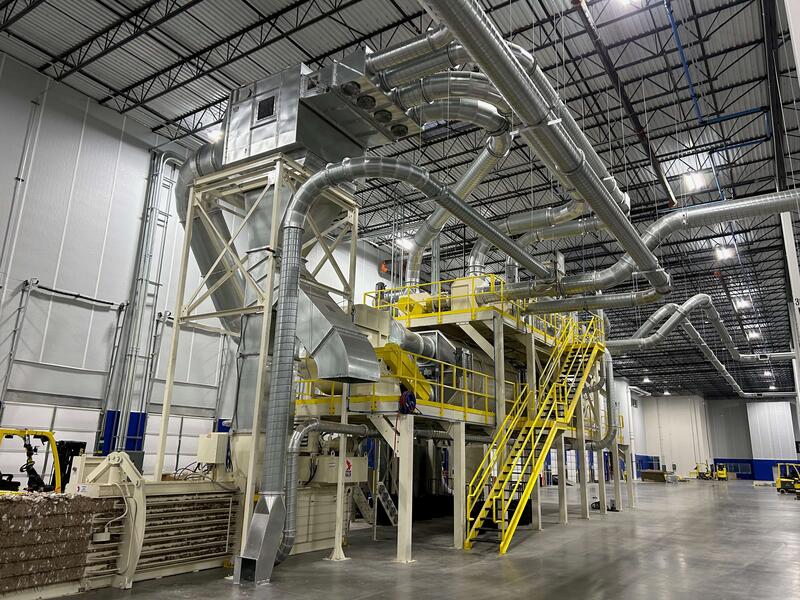
Engineered Recycling Systems offers the Low Profile Separator (LPS) as a compact, highly efficient solution for separating trim and scrap from conveying airflows in tight, space-constrained environments. Designed specifically for facilities where headroom and floor space are limited, the LPS integrates seamlessly into trim removal and material handling systems—without sacrificing performance.
Ideal for use in the corrugated, folding carton, commercial printing, and converting industries, the LPS ensures a clean and uninterrupted material flow from press to baler or collection bin.
Key Benefits of the ERS Low Profile Separator
-
Compact, Space-Saving Design
Optimized for installations where overhead clearance is minimal—ideal for retrofits or tight pressroom layouts.
-
Efficient Airflow Separation
Reliably separates trim and scrap from the conveying air without clogging or backflow, maintaining consistent suction and system balance.
-
Tool-Free Access & Maintenance
Easy inspection and cleanout access points make it simple to maintain, minimizing system downtime.
-
Flexible Configurations
Can be mounted directly over balers, compactors, or bins—adaptable to a wide variety of production line configurations.
-
Heavy-Duty Construction
Engineered with durable materials to withstand continuous operation in industrial environments.
Typical Applications
-
Edge trim and matrix removal in tag, label, and packaging lines
-
Corrugated and folding carton scrap separation
-
Commercial printing and converting scrap systems
-
Pre-separation stage before dust filtration units
Compact. Capable. ERS.
When space is at a premium but system performance is non-negotiable, the Low Profile Separator from Engineered Recycling Systems provides the perfect balance. Designed with flexibility, efficiency, and serviceability in mind, it supports the reliable operation of your trim removal and dust control systems.
📞 +1 770-954-8780
📧 info@engineeredrecycling.com
Benefits of a separator include:
- Reduced overall height
- Reduced installation costs
- No need for roof penetration
- No air lock required
- No minimum air volume
- Minimal baler chute down pressure
